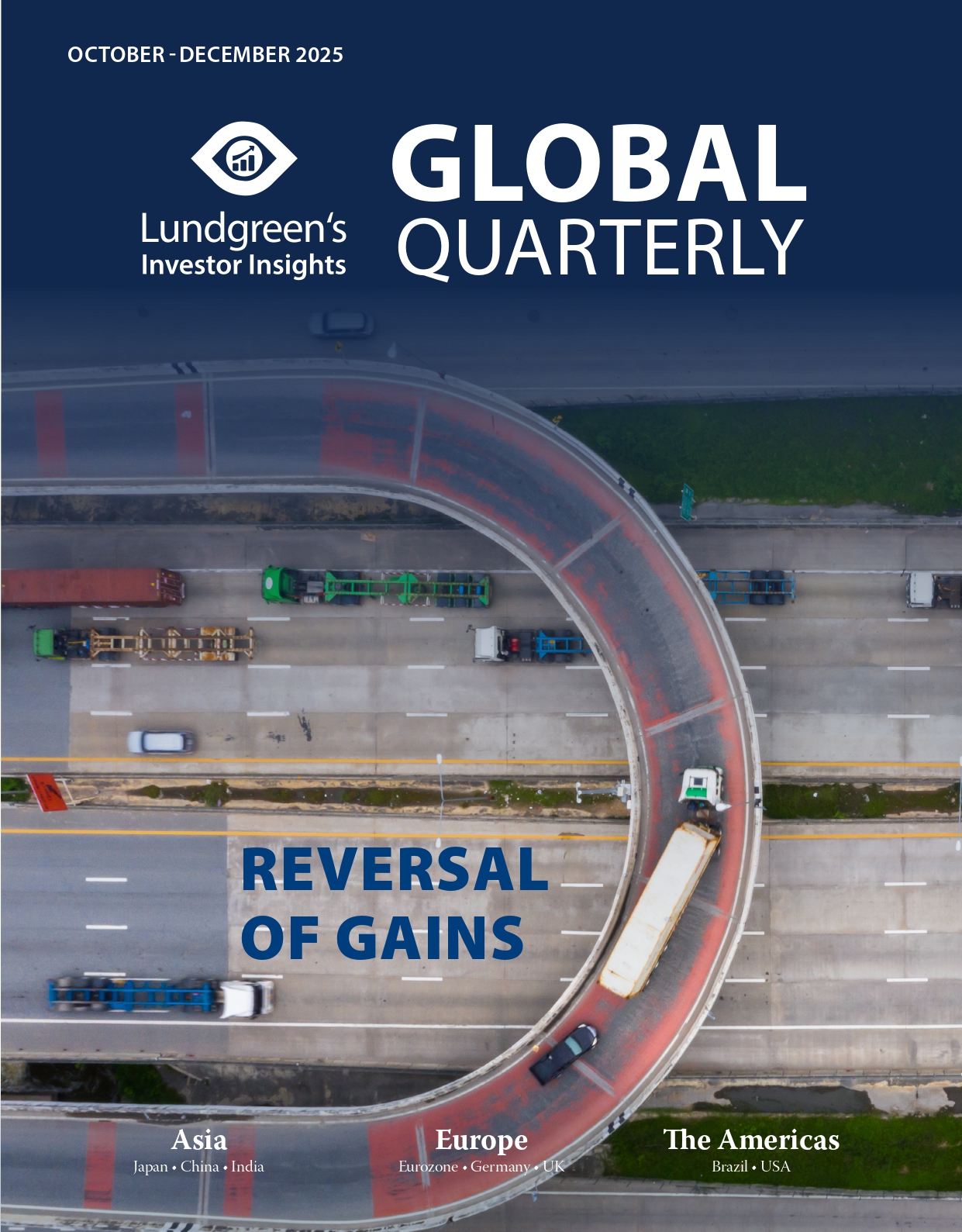Next Week in China: 9-13 June 2025
Major Data Releases:
- 9 June: China to report May trade balance, imports and exports growth
- 9 June: China to report May inflation rate
- 9 June: China to report May Producer Price Index (PPI)
- 10 June: China to report May money supply rate (M0, M1 and M2)
- 10 June: China to report May total social financing (TSF)
- 10 June: China to report May new renminbi loans
After the Dragon Boat Festival holiday, next week will be significant for mainland China with seven economic data releases lined up.
For the consumer price index (CPI), we expect year-on-year inflation for May to remain at -0.1 per cent. In April, the CPI rose by 0.1 per cent month-on-month mainly due to a rebound in some food prices caused by reduced supply. Additionally, the Labour Day holiday boosted travel-related costs, but falling international oil prices were the main drag that led to a negative CPI growth. In May, the Shouguang vegetable price index fell by 16.3 per cent year-on-year, a widening decline from the 14.2 per cent drop the previous month. For pork, the average price fell 0.6 per cent month-on-month. In other areas, we expect the government’s gadget “trade-in” policy to continue driving sales of non-food consumer goods with lower prices, while services prices may see a moderate recovery. Together, these factors are expected to contribute to the 0.1 per cent year-on-year decrease in May’s CPI.
We expect a year-on-year decline in producer prices in May, likely to widen from -2.7 per cent to -3.2 per cent. Sub-indices of the manufacturing Purchasing Managers’ Index (PMI) for May show that both the input price index and the ex-factory price index fell by 0.1 percentage points versus April. Thus, the PMI-implied month-on-month change for ex-factory and input prices may be around -0.5 per cent. Further, lower coal prices persist while increased crude oil inventories in the US and news of OPEC+ production increases have lowered the average price of Brent crude oil to USD 64.40 per barrel in May from USD 67.90 in April. Regarding ferrous metals, demand for construction materials may continue to weaken as the off-season approaches and the rate of inventory reduction may gradually slow, putting further pressure on ferrous metal prices. For non-ferrous metals, the reduction of US tariffs and the recovery of export demand have stabilized prices.
The growth of aggregate financing in the Mainland remains stable as the growth rate of money supply may continue to rise. In May, net government bond financing approached RMB 1.5 trillion (USD 209 billion) to post a year-on-year increase despite coming from a high base. The number of new loans in May is estimated at RMB 630 billion (USD 88 billion), lower than the same period last year and may still appear relatively weak as government bond swaps will likely reduce total outstanding loans. However, the annualized growth in aggregate financing is expected to remain steady at 8.7 per cent, with new borrowings possibly reaching RMB 2.2 trillion (USD 306 billion). With the high growth rate of deposits in April, and if the pace of fund injection accelerates in May, there is a greater possibility that money supply growth will rise faster. We estimate that the year-on-year growth rate of M2 in May may reach 8 per cent.
Chinese equities continued to climb in early June. As of Thursday, 5 June, the MSCI China Index had increased by 2.84 per cent from end-May, the Shanghai Composite Index rose by 1.09 per cent, the Shenzhen Component Index by 1.62 per cent, and the ChiNext Index by 2.78 per cent. By size, small- and mid-cap stocks continued to outperform large-cap stocks; from a style perspective, value stocks slightly outperformed growth stocks. Looking ahead, the short-term risk of the US imposing further tariffs has somewhat diminished while market expectations for domestic policy stimulus have also cooled to some extent. As a result, the A-share market has generally exhibited a more oscillating trend. During this period, apart from innovative pharmaceuticals – which have demonstrated one of the few clear industry trends –other sectoral opportunities have been mainly driven by thematic rotations. A potential turning point for the stock market is likely the final outcome of US tariff policies after negotiations, and the corresponding response from Chinese government policies.
This piece has been co-produced with Yiyi Capital Limited in Hong Kong, a China specialist and a part of a global financial services group.







